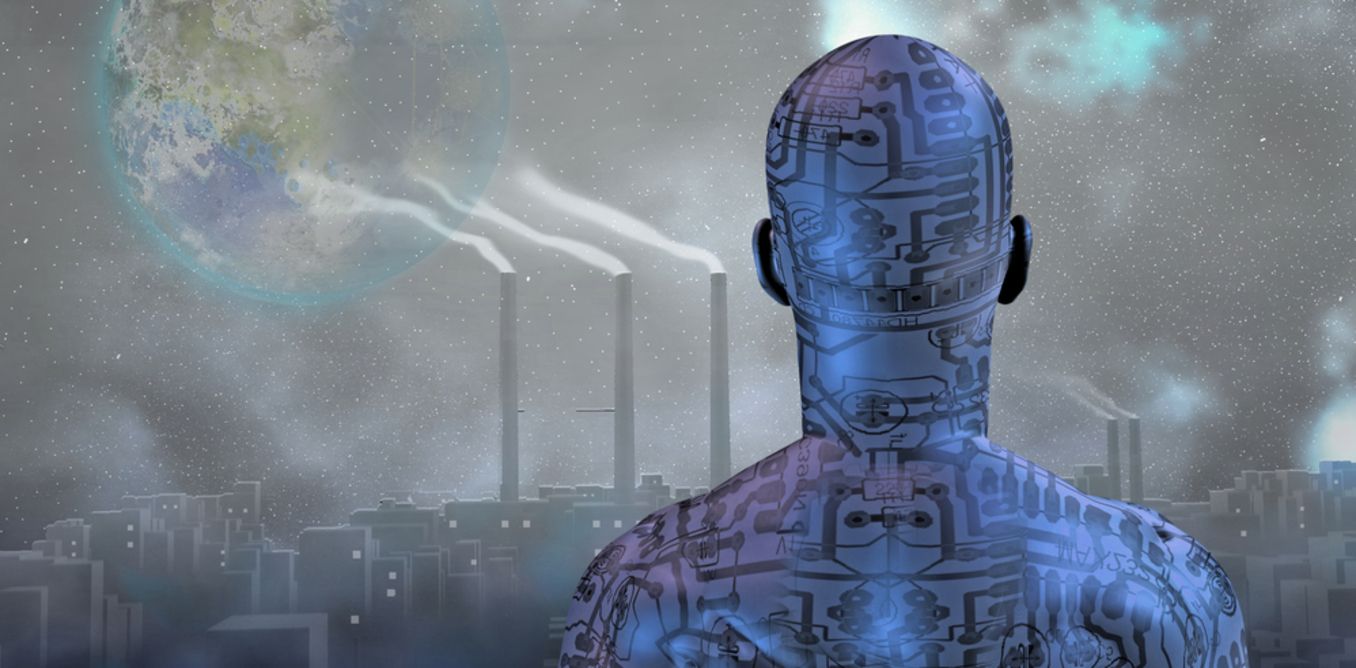“Pay attention to the the trends in exponential technologies, particularly to “the big three.” GNR: Genetics, nanotechnology, and robotics.”
Category: genetics – Page 552

Pay attention to the trends in exponential technologies, particularly to “the big three,” says Jason Silva
Pay attention to the trends in exponential technologies. particularly to “the big three,” says Jason Silva. Those 3 are GNR: Genetics, Nanotechnology, and Robotics.

If you enjoyed our exclusive interview with Professor George Church earlier today, you might be interested to know that you could have dinner with him!
https://www.lifespan.io/campaigns/agemeter-biomarker-scan/#reward_13
This is one of the great rewards on offer for supporting AgeMeter, a functional age biomarker system, a project endorsed by Professor Church.

The Era of Human Gene Editing Is Here—What Happens Next Is Critical
Scientists in Portland, Ore., just succeeded in creating the first genetically modified human embryo in the United States, according to Technology Review. A team led by Shoukhrat Mitalipov of Oregon Health & Science University is reported to “have broken new ground both in the number of embryos experimented upon and by demonstrating that it is possible to safely and efficiently correct defective genes that cause inherited diseases.”
The U.S. team’s results follow two trials—one last year and one in April—by researchers in China who injected genetically modified cells into cancer patients. The research teams used CRISPR, a new gene-editing system derived from bacteria that enables scientists to edit the DNA of living organisms.
The era of human gene editing has begun.

Professor George Church – Turning Back Time to End Age-related Diseases
Many of you will likely already know who Professor George Church is and that he is an important and senior member of the research community engaged in treating the aging processes to prevent or reverse age-related diseases, not to mention all kinds of other applications for genetic engineering. For those who are not familiar with him a short bio follows.
George Church is a professor at Harvard & MIT, the co-author of over 425 papers, 95 patent publications and the book Regenesis. He developed the methods used for the first genome sequence back in 1994 and he was instrumental in reducing the costs since then using next generation sequencing and nanopores plus barcoding, DNA assembly from chips, genome editing, writing and re-coding.
He co-initiated the Genome projects in 1984 and 2005 to create and interpret the world’s only open-access personal precision medicine datasets. He was also involved in launching the BRAIN Initiative in 2011.
Prof. George Church: CRISPR and Technologies For Effective Global Altruism
Link to Prof. George Church’s website.
Prof. Chuch’s Bio
George Church is Professor of Genetics at Harvard Medical School and Director of Personal Genome Project, the world’s only open-access information on human Genomic, Environmental & Trait data (GET). Prof. Chruch recieved his PhD in 1984 at Harvard University, his PhD thesis included the first methods for direct genome sequencing, molecular multiplexing & barcoding.

Opinion: Super-intelligence and eternal life—transhumanism’s faithful follow it blindly into a future for the elite
The rapid development of so-called NBIC technologies – nanotechnology, biotechnology, information technology and cognitive science – are giving rise to possibilities that have long been the domain of science fiction. Disease, ageing and even death are all human realities that these technologies seek to end.
They may enable us to enjoy greater “morphological freedom” – we could take on new forms through prosthetics or genetic engineering. Or advance our cognitive capacities. We could use brain-computer interfaces to link us to advanced artificial intelligence (AI).
Nanobots could roam our bloodstream to monitor our health and enhance our emotional propensities for joy, love or other emotions. Advances in one area often raise new possibilities in others, and this “convergence” may bring about radical changes to our world in the near-future.

The First App Store For Your DNA Is Here
DNA testing is not new to consumers, but it’s a one-shot deal. You send in your sample, then you get to see ancestry and health data provided by the company you chose to use for testing. Some new insights might be added over time, but there’s not much else you can do with that genetic data. A startup called Helix is counting on people being curious enough to drop cash in its DNA app store on a regular basis. The initial testing costs $80, and after that you can buy the applications you want.
Helix uses a type of genetic testing called DNA sequencing. Other companies like 23andme are using the far simpler genotyping; Helix is actually finding the pattern of nucleic acids (using flow cells like the one above) in your DNA for around 20,000 different genes, known as the exome. A genotyping test only tells you which variant you have of specific genes, so a full sequence generates about 100 times as much data. Helix is taking this approach because the company is not deciding what sort of data to show users. Instead, that’s all up to third-parties that decide to sell DNA apps to people in the Helix store, and the full sequence includes more precision.

How DIY biohacking will change society
Imagine a scientist experimenting on her own genes from her kitchen, rather than going to a physician, because she wants to cure a medical ailment. Another “do-it-yourself” scientist across the country extracts DNA samples from plants to figure out how they affect its growth.
DIY biohacking is a relatively new phenomenon in which scientists (typically those with an interest in genetic engineering) want to take biology experimentation outside of the lab or classroom. Currently, it’s mostly used for medical purposes, but the future of DIY biohacking could look a lot different. So we asked four experts a simple question: By the year 2040, what will be the gene most edited via DIY biohacking?
